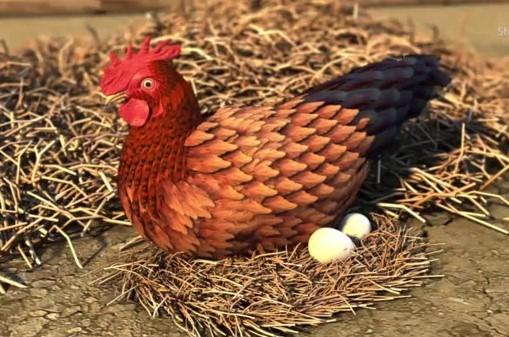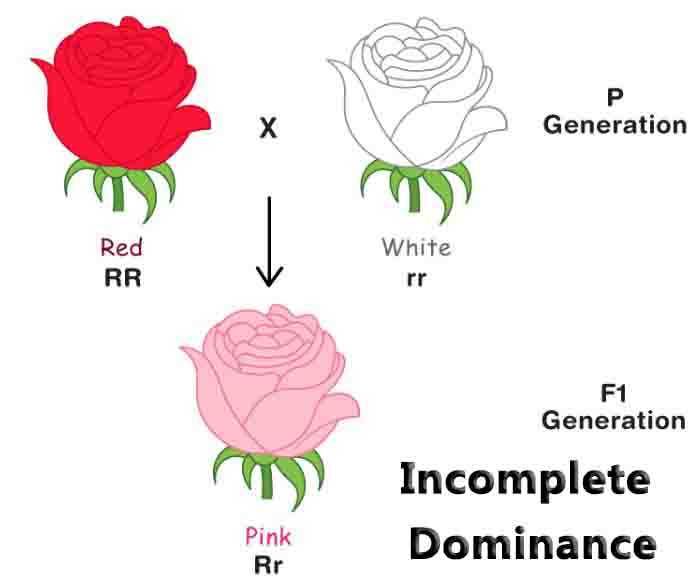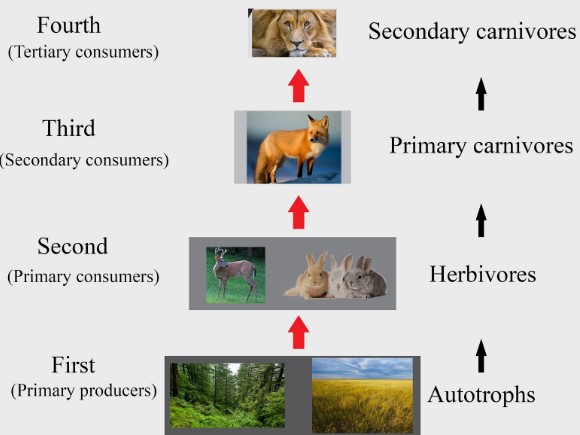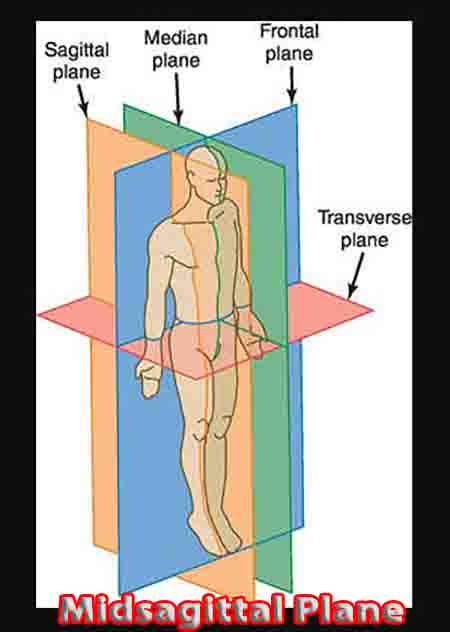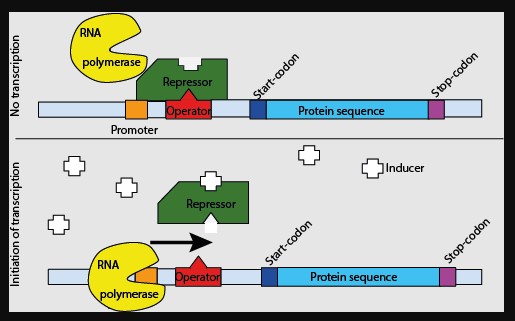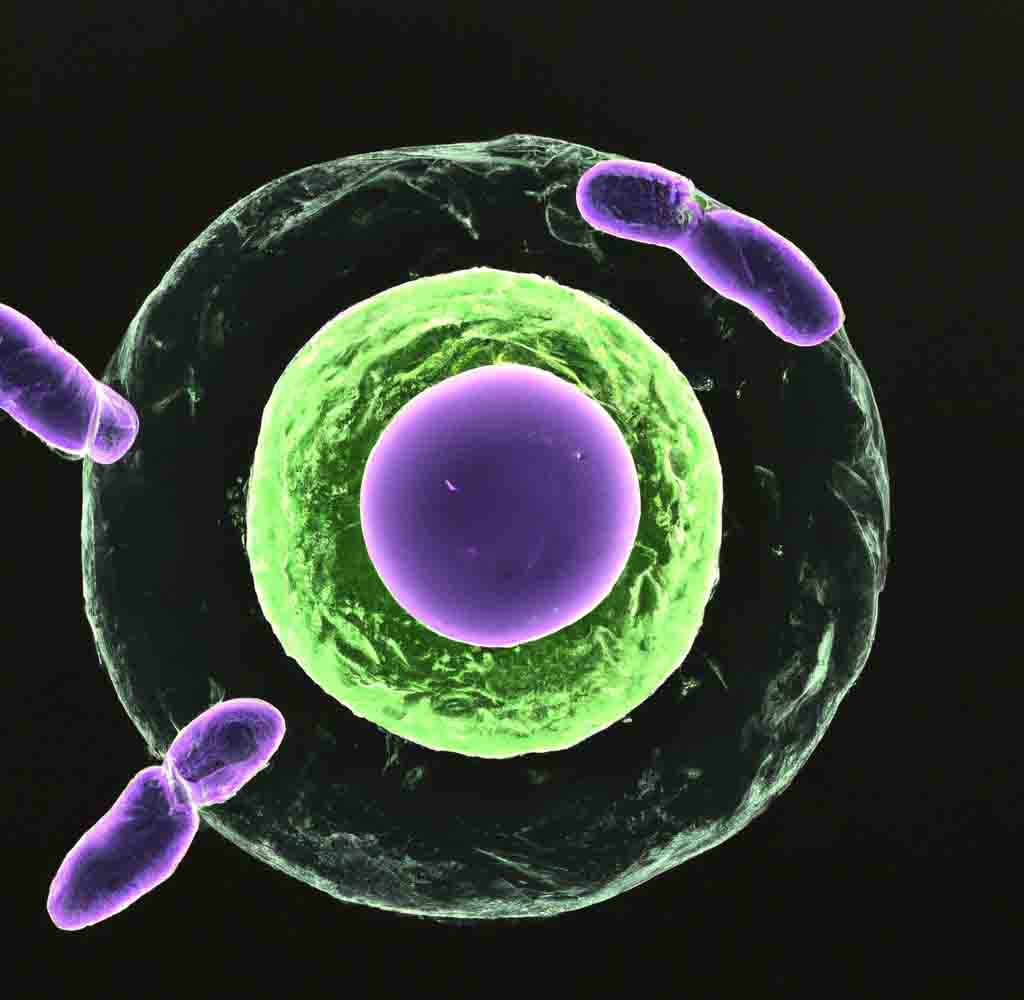Oviparous
Oviparous Definition An oviparous animal is one that produces eggs, and the young hatch after being expelled from the body. While fertilization of the egg can occur internally or externally, oviparous animals always hatch their young outside of their body. Many amphibians, birds, fish and reptiles are oviparous and often make nests to protect their … Read more

